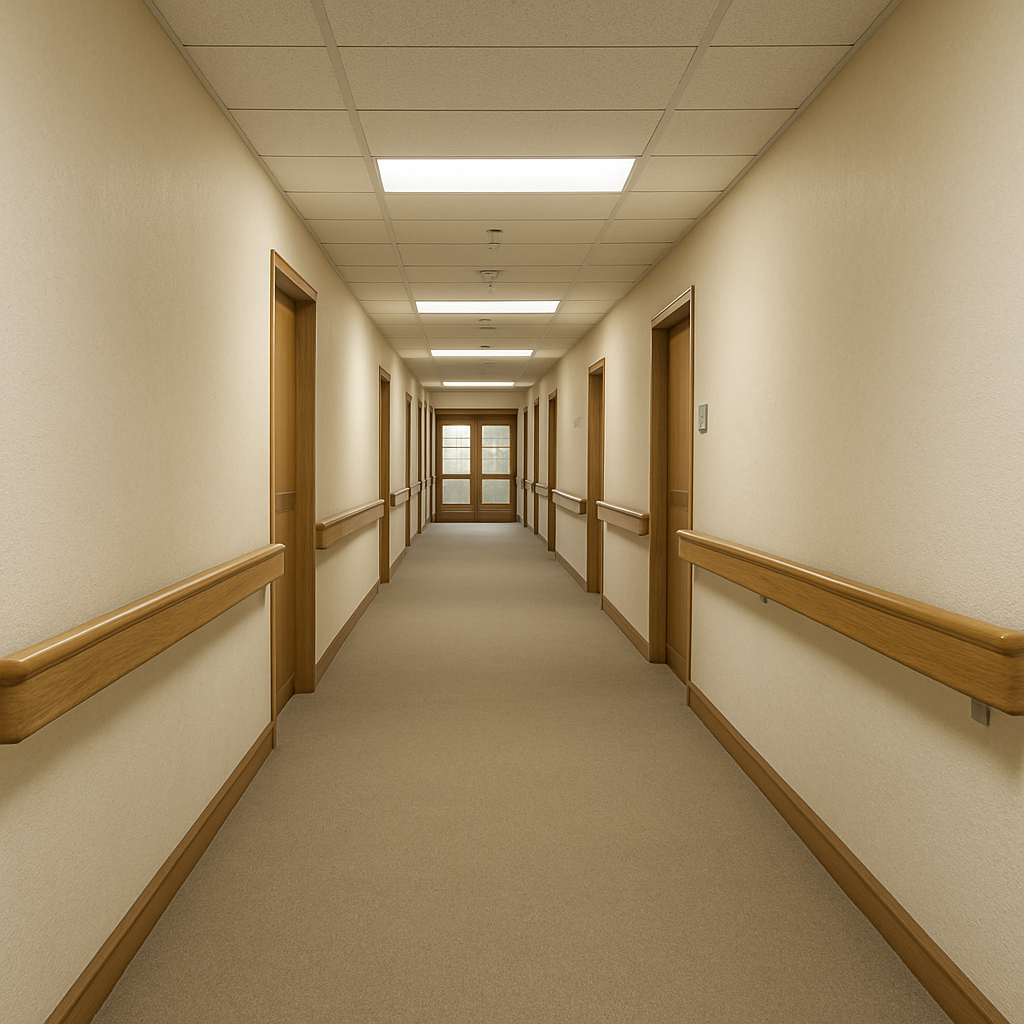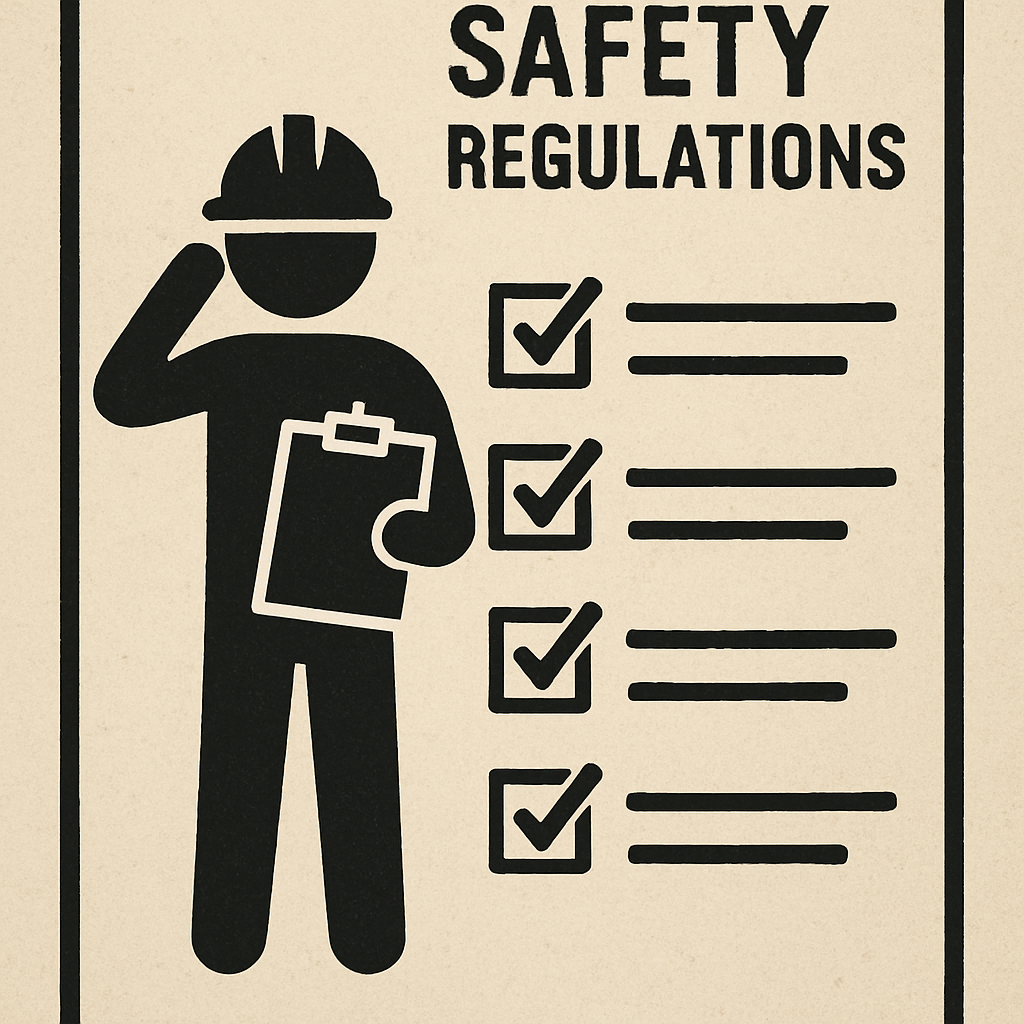 Service Hotline:13510328459
Service Hotline:13510328459
 205-206, 2nd Floor, Building 2, Xiazao Village Industrial Zone, Gaofeng Community, Dalang Street, Longhua District, Shenzhen City
205-206, 2nd Floor, Building 2, Xiazao Village Industrial Zone, Gaofeng Community, Dalang Street, Longhua District, Shenzhen City
 Service Hotline:13510328459
Service Hotline:13510328459
 205-206, 2nd Floor, Building 2, Xiazao Village Industrial Zone, Gaofeng Community, Dalang Street, Longhua District, Shenzhen City
205-206, 2nd Floor, Building 2, Xiazao Village Industrial Zone, Gaofeng Community, Dalang Street, Longhua District, Shenzhen City
Time:2025-09-24 Preview:
The safety and comfort of nursing home residents is a top priority. One critical aspect of ensuring their well-being is the proper installation of handrails. Handrails provide essential support, helping residents move safely and confidently through the facility. In this article, we will explore the importance of nursing home handrail installation, delve into design plans, and highlight effective accessibility solutions.
Handrails in nursing homes are not just a convenience—they are a necessity. Here's why they play a crucial role:
Handrails offer stability and support, significantly reducing the risk of falls and injuries among residents. Many elderly individuals have mobility challenges or balance issues, and handrails provide the necessary assistance to help them move around safely.
By providing the necessary support, handrails empower residents to navigate the facility independently. This promotes a sense of autonomy and dignity, enhancing their overall quality of life.
Facilities must adhere to specific safety and accessibility standards to ensure the safety of residents. Installing handrails in compliance with these regulations is essential for maintaining a safe environment.

Proper planning and design are crucial when installing handrails in nursing homes. Here are some key considerations to keep in mind:
Before the installation process begins, it's important to understand the specific needs of the residents. Consider their mobility levels, height, and grip strength. This information will guide the selection of appropriate handrail designs and materials.
Handrails come in a variety of materials, each with its own advantages. Common options include wood, metal, and vinyl. Wood offers a warm, natural look, while metal provides durability and strength. Vinyl is known for its easy maintenance and resistance to moisture. Choose materials that balance aesthetics, functionality, and durability.
Strategic placement of handrails is crucial for maximizing their effectiveness. Handrails should be installed in high-traffic areas such as hallways, staircases, and bathrooms. Ensure they are positioned at an appropriate height, typically between 34 and 38 inches from the floor, to accommodate different user needs.
Handrail design should prioritize accessibility for all residents, including those with disabilities. Ensure that the handrails are easy to grip and extend continuously along corridors without interruptions. Smooth, rounded edges help prevent injury and provide a comfortable grip.

Creating effective handrail installation design plans involves several steps. Here's a step-by-step guide:
Begin by assessing the facility's layout and identifying areas where handrails are needed. Collaborate with architects, designers, and healthcare professionals to create a comprehensive plan that addresses safety and accessibility requirements.
Choose materials that meet the needs of the residents and complement the facility's design. Consider customizing handrails to accommodate specific requirements, such as textured surfaces for enhanced grip or contrasting colors for visibility.
Once the design plans are finalized, proceed with the installation. Ensure that handrails are securely mounted and meet all safety standards. After installation, conduct thorough testing to verify their stability and functionality.
Regular maintenance is essential to ensure the long-term effectiveness of handrails. Establish a routine inspection schedule to identify and address any wear and tear or damage. Promptly repair or replace any compromised components to maintain safety.

In addition to handrails, several accessibility solutions can further enhance safety in nursing homes:
Install non-slip flooring in areas where moisture is common, such as bathrooms and kitchens. Non-slip surfaces reduce the risk of slips and falls, providing residents with a secure footing.
Proper lighting is essential for visibility and safety. Ensure that hallways, staircases, and other common areas are well-lit to prevent accidents and enhance navigation.
Use clear and easily readable signage to guide residents and visitors throughout the facility. Signs should indicate important areas such as exits, restrooms, and dining areas.
Consider providing residents with assistive devices such as walkers, canes, or grab bars to further support their mobility and independence.
Nursing home handrail installation design plans are integral to creating a safe and supportive environment for residents. By understanding their needs, choosing the right materials, and implementing thoughtful design plans, facilities can ensure the well-being of their residents. Additionally, incorporating other accessibility solutions enhances safety and promotes independence, improving the overall quality of life for all residents.
Implement these strategies to create a nurturing environment where residents feel secure and empowered. With the right planning and execution, handrails become more than just a safety feature—they become a vital component of a compassionate and caring community.
